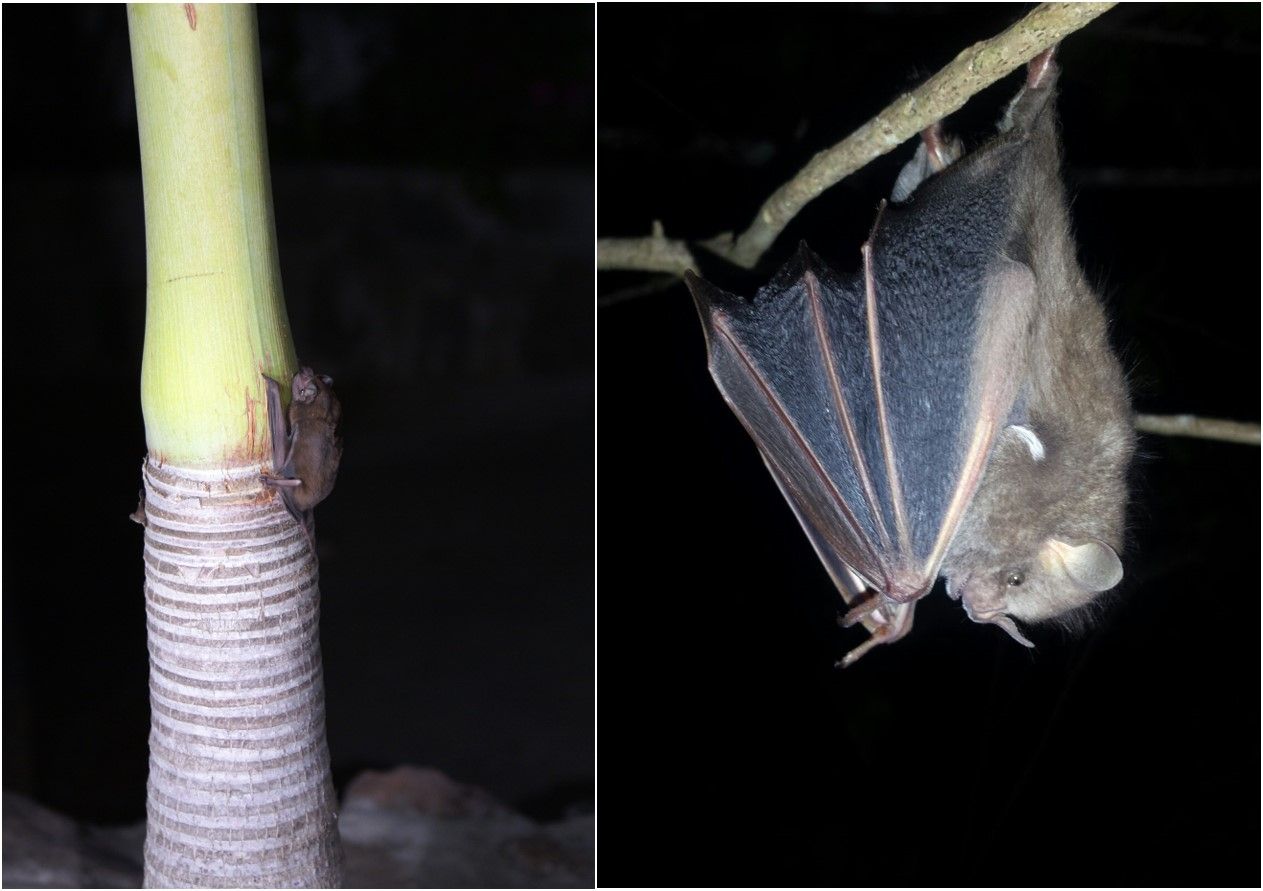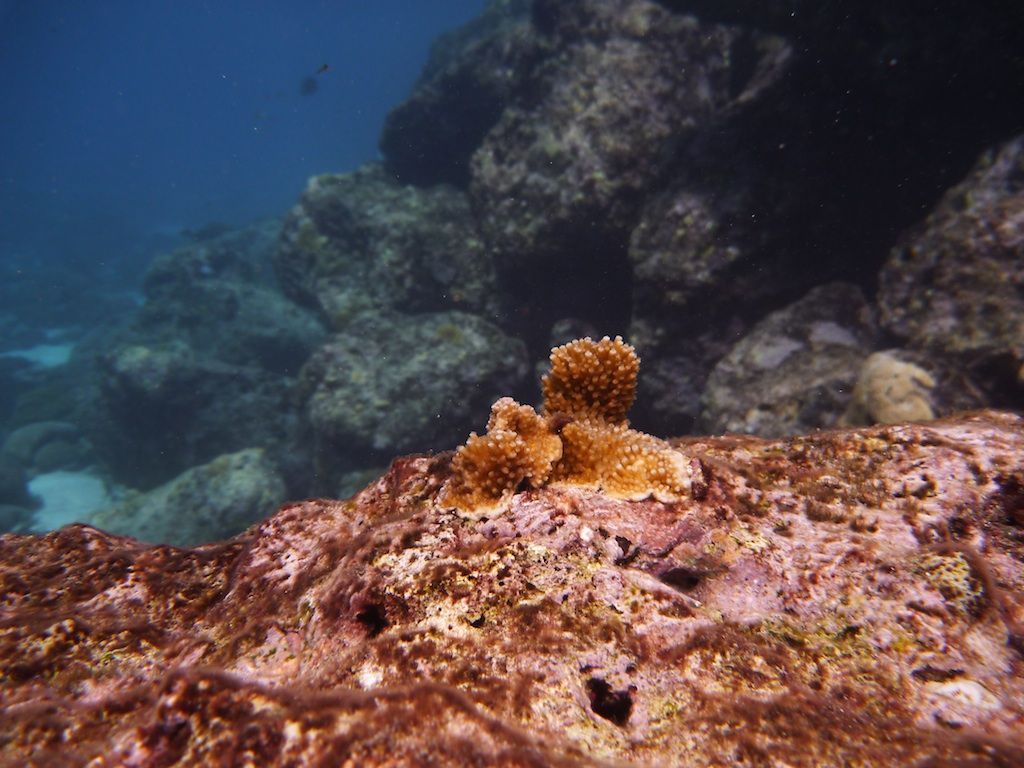
Koraalrifrestauratie op Curaçao
Bericht uitgegeven door Dutch Caribbean Nature Alliance (DCNA) [land] op [publicatiedatum]
De koraalriffen in het Caribisch gebied zijn dramatisch kleiner geworden de laatste decennia. De ooit dominante ondiep water koraalsoorten van het geslacht Acropora zijn in het bijzonder sterk in aantal achteruitgegaan en staan nu als ‘Ernstig bedreigd’ op de rode lijst van het IUCN. Sinds de jaren 1980 is 97% van de soort Acropora palmata (Eng: Elkhorn) verdwenen. De afname heeft verschillende oorzaken: ziektes, verbleking van koraal, orkanen, menselijke activiteiten, en het instorten van de populaties van de zee-egel Diadema antillarum (Eng: Long-spined Sea Urchin).
Acroporapopulaties zijn erg belangrijk voor het koraalrifecosysteem, onder andere doordat ze een leefplek en beschutting bieden aan verschillende koraalorganismen. Bovendien spelen ze een belangrijke rol in de kustbescherming doordat ze de golven breken. In 2010 is er op Curaçao een project gestart om dit belangrijke koraal te herstellen door opgekweekt koraal op het rif te plaatsen. Helaas sterft nog veel koraal snel na plaatsing af omdat het nog erg gevoelig is voor verstoring. Een PhD student van de Universiteit van Amsterdam onderzoekt nu welke factoren het belangrijkst zijn voor de overleving van jong koraal.

Lees verder in het Engels.....
It’s no secret that Caribbean coral reefs have suffered dramatic declines over the past decades. Once the dominant reef-building coral species in shallow water, Acropora (Staghorn and Elkhorn) colonies in particular have decreased significantly in abundance; Elkorn (Acropora palmata) numbers have decreased by 97% since the 1980s. A multitude of threats have led to this decline, such as disease, coral bleaching, hurricanes, human activity and the collapse of the Long-spined Sea Urchin (Diadema antillarum) populations, which are one of the main ‘grazers’ of the reef, keeping it free from overgrowing algae. As a result of these threats, both Elkhorn and Staghorn coral (Acropora cervicornis) are listed as Critically Endangered on the IUCN Red List of Threatened Species.
Healthy Acropora populations fulfil various important ecological functions within Caribbean reef communities. They provide necessary habitat and shelter for an enormous number of reef organisms including adult and juvenile fish, sustain important ecological processes such as calcification and serve as coastal protection due to their ability to dissipate wave energy.
Even though Curaçao and Bonaire’s reefs have some of the highest coral cover, here too the Acropora corals have been affected. What is left are small patches in scattered areas around the islands, hindering reproduction and thereby natural recovery.
In 2010, the SECORE Foundation, in close partnership with CARMABI and the Curaçao Sea-Aquarium, launched a restoration programme aimed at developing methods to assist in the recovery of the threatened and highly valued Acropora corals. SECORE is a global network of scientists, public aquarium professionals and local stakeholders that combines research, education, outreach and active reef restoration.
In contrast to more commonly used techniques which depend on the production of offspring by fragmentation of existing colonies, SECORE uses sexually produced offspring, which are reared under nursery conditions prior to reintroduction to the reef. Although corals are capable of reproducing clonally, sexually produced offspring are generated in far greater numbers and are genetically more diverse compared to asexually produced offspring. Preserving genetic diversity in remaining coral populations is crucial for their long-term survival because genetic variation increases the potential to adapt to environmental challenges, such as those faced by coral reefs.
SECORE’s research focuses on Elkhorn coral. To facilitate this species’ recovery, 370 Acropora juveniles were outplanted as primary polyps in 2012. Their survival rate after six months was 13%, which compares well to natural recruitment and survival rates that presently are approximately zero. Increasing the survival of outplanted corals would improve the effectiveness of existing restoration methodologies, but in order to do so, first the processes driving the survival and growth of newly settled corals needed to be explored.

Newly settled corals experience high mortality immediately after settlement as their small size makes them extremely vulnerable to (a)biotic disturbances. Coral recruits can die from multiple factors including competition, sedimentation, predation, diseases and bleaching. Processes occurring during early post-settlement life stages of corals strongly influence the local abundance of corals. Consequently, factors driving post-settlement mortality deserve special attention, as they strongly influence future populations. Improved knowledge of the ecological mechanisms which affect recruitment success of corals during their earliest post-settlement life stages holds great potential to improve the effectiveness of existing restoration strategies. Therefore, PhD candidate Valérie Chamberland (IBED, University of Amsterdam) started working with Dr. Mark Vermeij (Science Director, CARMABI) in May 2012 to study the ecological dynamics during the earliest life stages of corals to further increase the success of restoration efforts such as the SECORE programme. In the next three years, Chamberland hopes to be able to identify which factors have the most influence on corals during their early life stages.
| «Sexual offspring are created during one of nature’s most breathtaking underwater scenes: coral spawning. In hermaphrodite species, each single polyp within a coral colony invests energy and fatty reserves year round to produce male and female gametes, which are delicately packaged together within one compact sperm/ egg bundle. At one specific day throughout the year, coral colonies synchronously release their gamete bundles that slowly float their way up to the surface, where they will break apart with the wave action. At the sea surface, floating eggs from a given parent will be fertilised by sperm from a second individual, sparking a complex sequence of development stages: embryogenesis. The annual cycle of seawater temperature fluctuation dictates the month of gamete release while the day is set by the lunar cycle. Ultimately, the exact timing is narrowed down by the time after sunset and coral spawning will usually start a few hours after dusk. This is also when coral sperm and eggs are collected for restoration purposes. For well-studied species, the exact spawning timing can be predicted and on the expected evenings several colonies are monitored in the hope of collecting spawn from enough individual colonies to generate genetic variability. After collection, all divers speed back to shore in a hurry to mix sperm and egg to allow fertilisation. After a few days, coral embryos develop into swimming planulae, which will eventually seek the bottom in search of a new home and settle to an artificial substrate within the SECORE land-based nursery at the Curaçao Sea-Aquarium.» |
Text and pictures: Valérie F. Chamberland
Bron: BioNews May 2013 edition, DCNA
Nederlandse inleiding: Sara Mulder, De Natuurkalender
